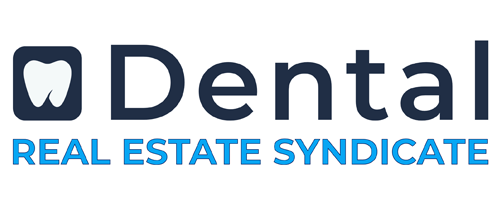The Federal Reserve, commonly known as “the Fed,” significantly influences the U.S. economy through its control of the federal funds rate, or Fed rate. This rate, which determines the cost at which banks lend to each other overnight, indirectly affects every sector, including dental care. For dentists and dental practice owners, understanding the ramifications of changes in the Fed rate is crucial for strategic planning and maintaining the financial health of their practices.
Understanding the Fed Rate and Its Economic Role
The Fed rate primarily influences short-term interest rates, subsequently affecting borrowing costs for both businesses and consumers. An increase in the Fed rate makes loans and credit more expensive, discouraging borrowing and spending. Conversely, a reduction in the rate lowers borrowing costs, stimulating investment and consumer spending. The Fed adjusts this rate to either boost economic activity or temper an overheating economy, impacting key economic factors like consumer confidence and employment rates, which trickle down to affect dental practices.
Impact of the Fed Rate on Dental Practices
- Patient Spending and Treatment Affordability
- Negative Impact: Higher interest rates increase the cost of borrowing on credit cards, personal loans, and mortgages, reducing disposable income. This financial pressure can lead patients to postpone or opt out of non-essential dental treatments, potentially diminishing practice revenues.
- Positive Impact: Lower interest rates can enhance consumer confidence and make borrowing cheaper, encouraging patients to undertake more extensive and expensive dental procedures, potentially boosting practice income.
- Access to Expansion and Upgrade Capital
- Negative Impact: When the Fed rate rises, the cost of loans increases, making it more expensive for dental practices to finance expansions, renovations, or technological upgrades. This can strain cash flows and deter investment in practice growth.
- Positive Impact: Conversely, lower interest rates reduce loan costs, making it financially easier for practices to expand, innovate, and improve facilities, thereby supporting long-term growth.
- Overhead and Operational Costs
- Negative Impact: High interest rates can lead to increased costs for dental supplies and services as suppliers pass on their higher borrowing costs. Economic slowdowns can further exacerbate these effects, leading to supply shortages and price increases.
- Positive Impact: Lower interest rates can reduce the cost of goods and services, helping dental practices manage overhead more effectively and maintain competitive pricing without compromising care quality.
- Staffing and Wages
- Negative Impact: Economic slowdowns, often exacerbated by high interest rates, can compel dental practices to freeze hiring or cut back on wages and benefits, potentially affecting staff morale and patient care quality.
- Positive Impact: A robust economy, fueled by low interest rates, can improve employment rates and enable practices to offer competitive wages and benefits, enhancing staff recruitment and retention.
- Patient Elective Treatment Decisions
- Negative Impact: Economic uncertainty, often associated with high interest rates, can make patients more cautious about spending on elective dental treatments, impacting practices that rely heavily on such procedures.
- Positive Impact: In an economy buoyed by low interest rates, patients are more likely to feel financially secure and spend on elective and cosmetic dental treatments, increasing revenue for practices that offer these services.
Conclusion
The Fed rate plays a pivotal yet indirect role in shaping the operational and financial aspects of dental practices. By influencing economic conditions, it affects patient behavior, the cost of practice operations, and the availability of growth capital. Dental practice owners must stay informed about economic trends and Fed policy changes to navigate these challenges and opportunities effectively, ensuring they can adapt their strategies to maintain profitability and high-quality care.

